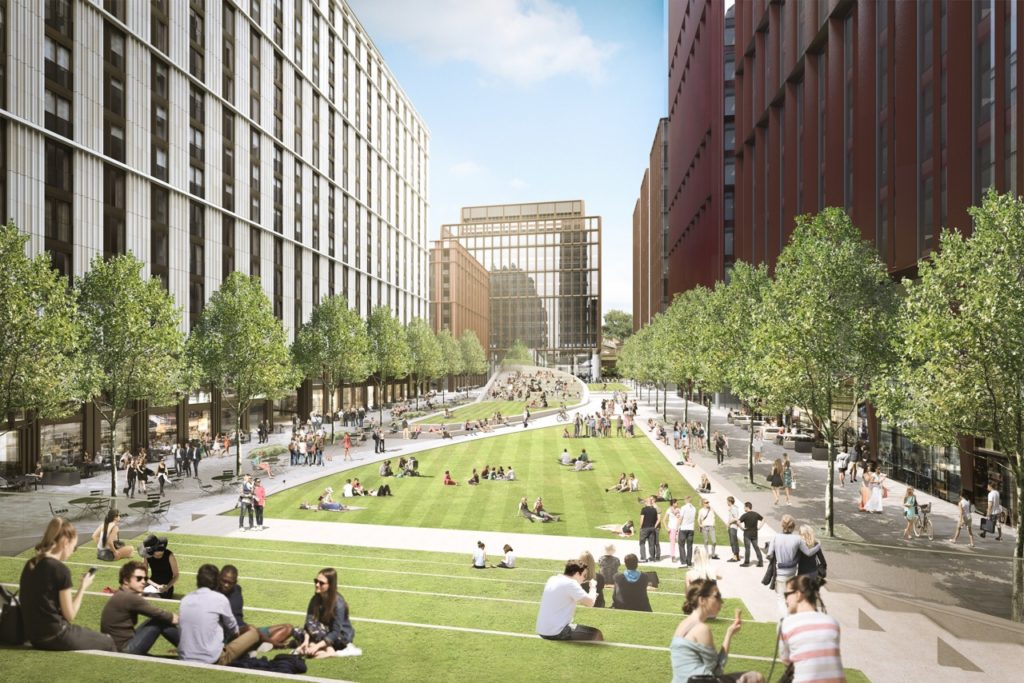Developers are calling on the government to increase the variety of sites which can be built on following figures showing housing supply nearly doubling over the past six years.
The ministry of housing, communities and local government’s statistics reveal 214,000 new completions – the highest number since the 1980s and nearly twice the low of 124,000 in 2012-13.
However, the Housing Pipeline report shows planning approvals dropping to 97,278 in the second quarter of 2019 – a 7 per cent decrease compared with the first quarter.
Allan Wilen, economics director of Glenigan who compiled the report for the Home Builders Federation, said the current number of approvals in 2019 was flat.
“We saw very strong growth up to 2018 and the number of approvals in 2019 will be slightly off this.”
There were regional variations with detailed planning approvals in the East of England and the South East down by 23 and 14 per cent for the second quarter of 2019 compared with the same period in 2018.
The North East and Scotland showed year-on-year increases of 32 and 54 per cent while the East and West Midlands also performed strongly with rises of 16 and 17 per cent.
Overall, 3 per cent fewer units were approved in the first half of 2019 than a year earlier, although the second quarter this year was 1 per cent higher than in 2018. The small rise was due to a 4 per cent increase in private housing projects compared with a 19 per cent drop in social housing homes.
Home Builders Federation, HBF, executive chairman, Stewart Baseley, said politicians should continue to work with developers to ensure further increases in housing delivery.
“We need to see more support for SME builders and specialist providers to ensure the supply base continues to grow. The industry is absolutely committed to delivering the high quality, environmentally friendly homes that people across the country’s communities need.”
Greater quality and variety needed in new homes
The HBF wants a wider range of sites within local plans to be developed.
“If you look back on the last few years the fastest growing areas are the larger sites. If you want to get more plurality then giving opportunities to smaller developers to come forward would allow more organic growth of our towns and cities. The idea is to increase further growth and good quality homes,” said Mr Wilen.
The HBF would like to see a ‘presumption in favour’ of building on suitable brownfield sites which would give SMEs confidence to identify and bring forward schemes.
“There are lots of smaller sites, such as infill ones, which don’t fit the economics of the larger developer. If you unlock these you are adding to the overall supply.”
Currently, builders of ten homes or less aren’t subject to section 106 costs, the HBF wants a sliding scale above ten units to 30 where contributions would be less onerous. They would also like frustrations dealing with infrastructure and utility providers reduced through service level agreements.
The HBF wants regular monitoring of councils to see if they are meeting their local plan targets with the chance to allocate ‘top-up’ sites to meet local need.
According to property consultancy Savills, London and the South East are only supplying 88 and 89 per cent of current housing need.
Bridging Loans by HZA
Brokers Hank Zarihs Associates said making it easier for SMEs to build new homes and gain construction loans, bridging loans from development finance lenders would speed up delivery.


